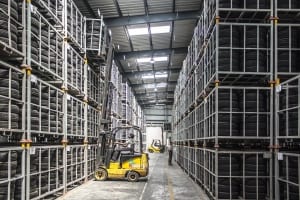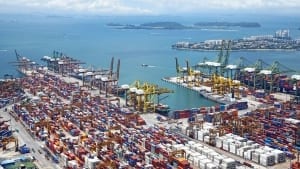How Businesses Can Leverage Fulfillment Companies during an Economic Downturn

What is a Fulfillment Company?
A Fulfillment Company is also known as a 3PL (third-party logistics) company that tends to take care of certain vital business criteria. This kind of company forms an integral part of the demand-supply chain of any business and also helps a business in its cost-cutting endeavors. Therefore, roping in a 3PL company in distressing times can come in handy for several industries. Now that companies are having a hard time to stay afloat, more and more enterprises are turning towards a fulfillment company to fulfil their basic requirements. In other words, a 3PL company is a resort that businesses can outreach to and get some of their very important functions related to supply chain fulfilled. Now, if you have been wondering about how a 3PL company works, here is what you need to know. A fulfillment company receives inventories from manufacturers and then follows the specific instructions about shipping the products to the consumers.
The Need for a 3PL:
3PL companies have more than just one use, and their demand has skyrocketed now more than ever, in the times of pandemic. However, even under normal circumstances, the role of a 3 Pl company is indispensable. There are mainly three reasons why you mighty require the services of a 3PL company. The first reason why you might need a 3 PL company is if you have more than 20 orders to take care of in a day. It might not be possible for you to handle the bulk on your own, and therefore, the need for a 3PL company becomes imperative. You will also require the services of a 3PL company if you find yourself running out of storage space. Storage spaces can be extremely costly, and in these trying economic times, when you are looking for ways to cut down on costs, 3PL services might just be the way to go. Finally, you might also need a 3PL service if you are expecting a spike in the volumes of your order. You might not have enough resources to handle the volume yourself and therefore, might want some additional help.
Types of 3PLs:
Now that we are in the midst of a pandemic and companies are looking for ways to cut down the expenses to stay afloat, it is important to learn a bit about which 3PL services would come handy to save the situation. There are a number of 3PL services. Full service, Warehousing, Transportation, Distribution, and Shipping and Receiving are some of them. 3PL services are eclectic in their approach and have a myriad of solutions up their sleeves. For instance, a full service will meet your end-to-end requirements and come in as a package, whereas warehousing will only take care of the requirements of the warehouse, meaning, these services would seek to store, ship and return products. To trim down the expenses, you could opt for one of these services and manage the rest on your own. Companies are also laying off employees to opt for a full-service facility from a 3PL company.
Conclusion:
These are extraordinary times, and nothing like we have seen or experienced before. Difficult times, therefore, call for innovative measures. Life shall continue to thrive, and people shall learn to live alongside the virus. Businesses shall, therefore, require smart ways to function and with the discussion that followed in this article about a 3PL company, it seems like these services are wise options. Roping in a reliable 3PL company shall not only help a business stay afloat, but also make the supply chain seamless.

